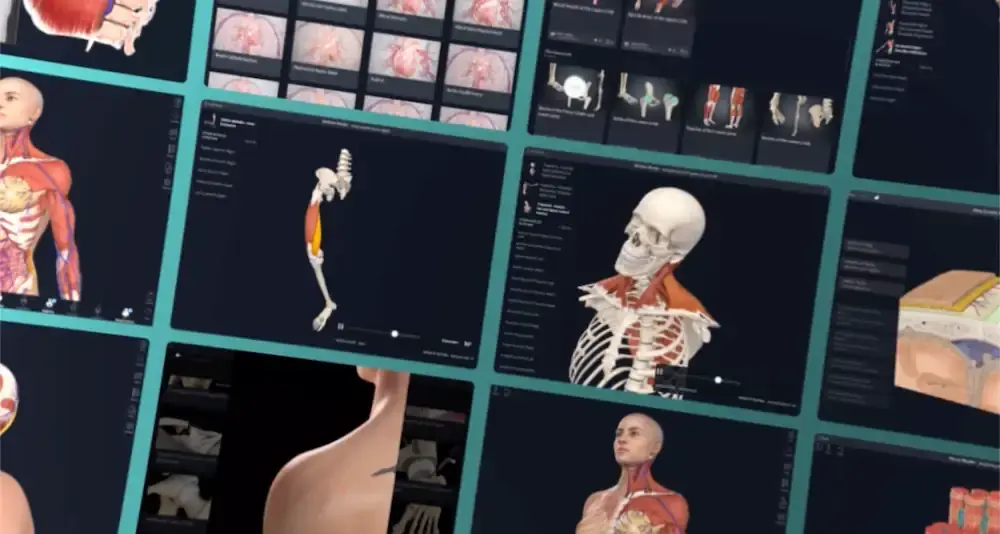
Structure/Morphology
The buccal mucosa lines the internal surface of the cheeks. It is formed by lining mucosa which contains nonkeratinized stratified squamous epithelium (Standring, 2016).
Related parts of the anatomy
Key Features/Anatomical Relations
The buccal mucosa receives the parotid duct at the second upper molar.
Function
The buccal mucosa acts as a barrier against the external environment, such as preventing injury, water loss, and microbial invasion.
References
Standring, S. (2016) Gray's Anatomy: The Anatomical Basis of Clinical Practice., 41st edition. Elsevier Limited.
Learn more about this topic from other Elsevier products




